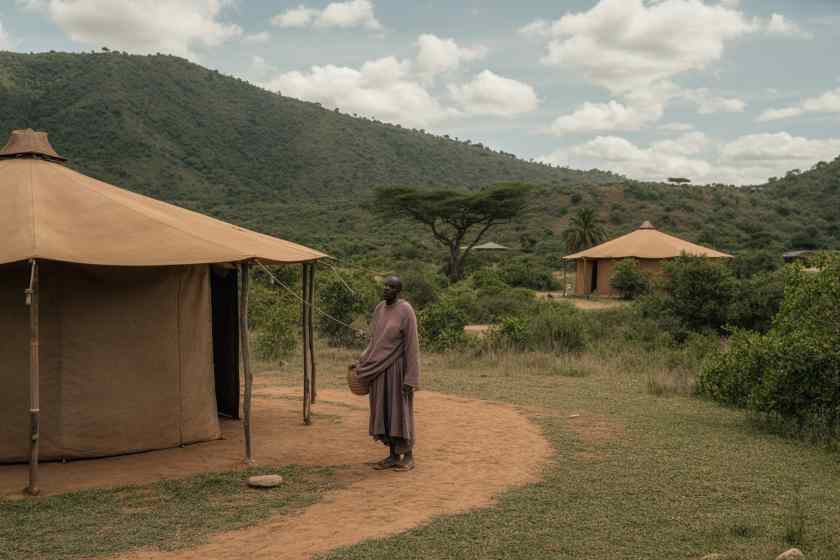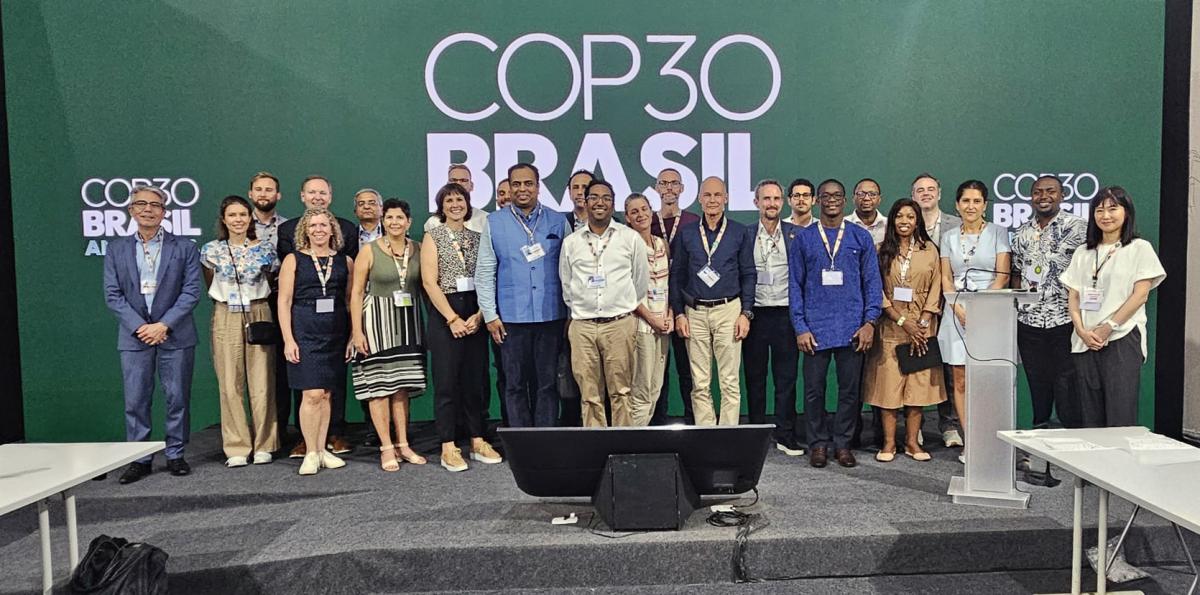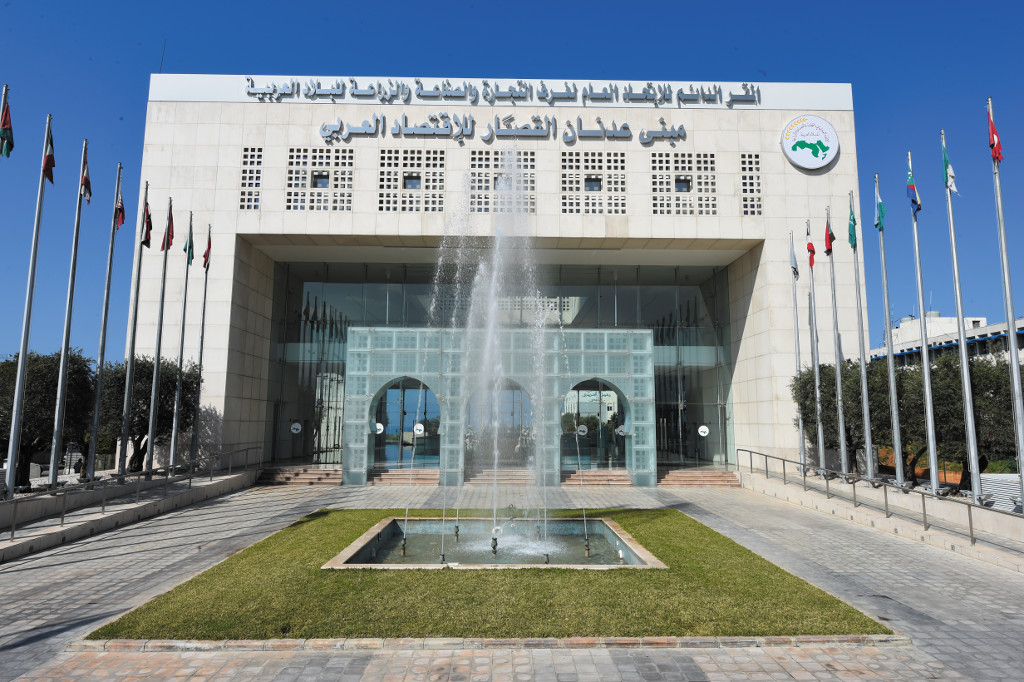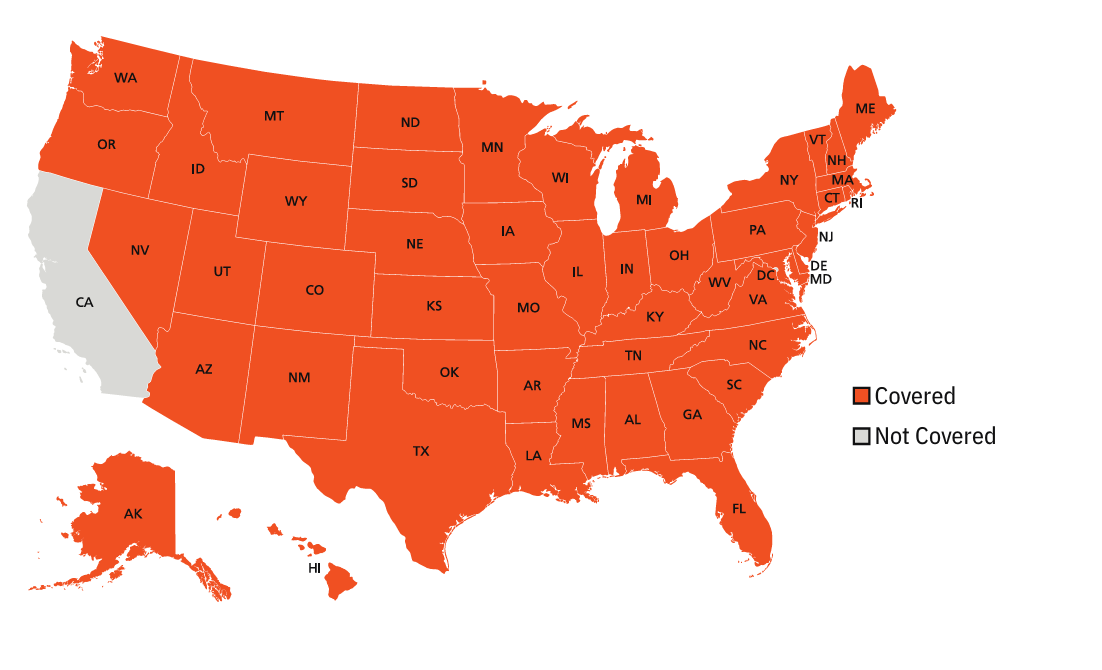Now, Discover Ababda Eco-Village: Egypt’s Hidden Gem for Eco-Tourism and Marine Life Protection – Travel And Tour World

Report on Ababda Eco-Village: A Model for Sustainable Tourism and Marine Conservation
1.0 Introduction
The Ababda Eco-Village, located in Egypt’s Red Sea region, represents a significant case study in the transition from traditional livelihoods to sustainable eco-tourism. Formerly reliant on a local fishing industry, the community has successfully repurposed its economic base to focus on tourism that prioritizes environmental conservation and aligns with global sustainability targets. The village serves as a benchmark for responsible tourism by integrating community-led conservation efforts with economic development, thereby protecting sensitive coastal and marine ecosystems, including vital mangrove forests and coral reefs. This report analyzes the operational framework of the Ababda Eco-Village, with a particular focus on its contributions to the United Nations Sustainable Development Goals (SDGs).
2.0 Alignment with Sustainable Development Goals (SDGs)
The initiatives undertaken by Ababda Eco-Village directly contribute to the achievement of several key SDGs:
- SDG 8: Decent Work and Economic Growth: By creating a sustainable tourism model, the village provides alternative livelihoods for the local community, fostering inclusive economic growth that is decoupled from environmental degradation.
- SDG 11: Sustainable Cities and Communities: The project protects the natural and cultural heritage of the Ababda people, promoting a community-centered conservation model that enhances local participation and preserves cultural traditions.
- SDG 12: Responsible Consumption and Production: The village champions sustainable tourism practices by enforcing strict environmental guidelines, limiting visitor numbers, and encouraging a minimal ecological footprint, directly addressing sustainable production and consumption patterns.
- SDG 13: Climate Action: The preservation of mangrove forests, which act as significant carbon sinks, and the achievement of carbon neutrality through visitor guidelines contribute directly to climate change mitigation.
- SDG 14: Life Below Water: This is a core focus of the village, which actively works to conserve marine and coastal ecosystems. Efforts include protecting coral reefs from damage, preventing overfishing, and safeguarding critical nesting grounds for endangered sea turtles.
- SDG 15: Life on Land: The protection extends to coastal ecosystems, including mangrove habitats and the surrounding arid-desert environments, which are crucial for local biodiversity.
- SDG 7: Affordable and Clean Energy: The adoption of solar energy for village facilities demonstrates a commitment to renewable energy sources, reducing dependence on fossil fuels.
- SDG 17: Partnerships for the Goals: The collaboration with the United Nations Development Programme (UNDP) and the Egyptian Red Sea Initiative exemplifies a multi-stakeholder partnership to achieve sustainable development.
3.0 Key Initiatives and Operational Framework
The village’s success is built upon a framework of strict environmental guidelines and community-driven initiatives.
3.1 Environmental Governance and Conservation
- Community-Based Monitoring: Formally appointed environmental guardians from the local community monitor and enforce conservation policies.
- Strict Ecological Policies: Regulations are in place to prevent littering, coral damage, and overfishing, protecting both offshore and coastal zones.
- Visitor Management: The number of daily visitors is restricted to prevent overuse of the fragile mangrove and marine environments, ensuring the long-term health of the ecosystem in line with SDG 12.
- Habitat Protection: The village actively protects mangrove forests, which serve as a critical habitat and nesting ground for endangered sea turtles and other marine species, directly supporting SDG 14.
3.2 Sustainable Infrastructure and Practices
- Renewable Energy: In 2018, the village integrated solar energy to power its facilities, reducing its carbon footprint and contributing to SDG 7.
- Water Management: A desalination unit was installed to provide a sustainable water source for the local community and tourists.
- Educational Tourism: Guided tours are offered to educate visitors on the ecological importance of mangroves for carbon capture, coastal defense, and marine biodiversity, promoting environmental awareness.
- Cultural Integration: The village offers authentic cultural experiences with the Ababda people, including local handicrafts and traditional practices, which supports the preservation of cultural heritage under SDG 11.
4.0 Partnerships and Strategic Funding
The sustainability of the Ababda Eco-Village is significantly enhanced by strategic partnerships, a key component of SDG 17.
4.1 UNDP and Egyptian Red Sea Initiative
A $14.25 million USD fund launched in 2024 by the UNDP and the Egyptian Red Sea Initiative provides critical support for the village’s eco-tourism activities. The objectives of this initiative include:
- Enhancing the livelihoods of local communities through sustainable business practices.
- Improving tourism infrastructure in a manner consistent with conservation goals.
- Strengthening community participation in conservation activities.
- Mitigating development pressures on sensitive nearby sites, such as Ras Hankorab.
5.0 Conclusion
The Ababda Eco-Village stands as an exemplary model of how eco-tourism can serve as a powerful tool for achieving the Sustainable Development Goals. By successfully balancing economic opportunities with robust environmental protection and community empowerment, the village offers a replicable framework for other regions facing similar development pressures. Its integrated approach to conservation, which addresses climate action, marine biodiversity, and sustainable livelihoods, demonstrates a viable alternative to mass tourism and highlights the profound positive impact that responsible travel can have on both natural habitats and local communities.
Analysis of Sustainable Development Goals (SDGs) in the Article
1. Which SDGs are addressed or connected to the issues highlighted in the article?
-
SDG 8: Decent Work and Economic Growth
The article highlights the transformation of the local economy from a primary fishing industry to a sustainable tourism model. This shift provides new livelihood opportunities for the local community. The UNDP initiative mentioned also aims to “improve the livelihoods of the locals within the region,” directly contributing to economic growth and decent work.
-
SDG 11: Sustainable Cities and Communities
The Ababda Eco-Village is presented as a model for sustainable community living. It focuses on “community participation at the local level” and “village-centred conservation activities.” Furthermore, it preserves the cultural heritage of the Ababda people by offering cultural experiences like handicrafts and feasts, thus safeguarding local culture while promoting tourism.
-
SDG 12: Responsible Consumption and Production
The core concept of the eco-village is “responsible ecotourism” and “sustainable tourism.” The article details policies to “minimise the harmful ecological impacts,” such as minimizing litter, and encourages visitors to “reduce their carbon footprint.” Limiting the daily number of visitors is a direct measure to ensure sustainable consumption of the natural resources.
-
SDG 13: Climate Action
The article explicitly connects the conservation of mangroves to climate change, noting their role in “coastal defense and capture carbon.” The village’s achievement of being “carbon neutral” is a direct action against climate change.
-
SDG 14: Life Below Water
This is a central theme of the article. The project is focused on “Marine Life Protection,” preserving “delicate coastal ecosystems,” and protecting sensitive habitats like “mangrove stretches” and “coral.” The efforts to safeguard nesting grounds for “endangered sea turtles” are a clear contribution to this goal.
-
SDG 15: Life on Land
While the primary focus is marine, the protection of coastal ecosystems like mangroves is crucial for terrestrial biodiversity as well. The article mentions protecting “fragile ecosystems” and the “abundant bioge diversity of the ecosphere,” which includes the land-sea interface and surrounding arid-desert environments.
-
SDG 7: Affordable and Clean Energy
The article states that in 2018, the village “eco-enhanced its small-scale facilities by using solar energy.” This adoption of renewable energy reduces dependence on external, potentially non-renewable, power sources.
-
SDG 17: Partnerships for the Goals
The success of the Ababda Eco-Village is supported by collaborations. The article mentions the “$14.25 million USD UNDP and Egyptian Red Sea Initiative” and partnerships with “local conservationists as well as environmental associations” to monitor and manage sea life, exemplifying a multi-stakeholder partnership for sustainable development.
2. What specific targets under those SDGs can be identified based on the article’s content?
-
Target 8.9: Promote sustainable tourism
The entire article is about a model of “sustainable eco-tourism development” that creates local jobs and promotes the culture of the Ababda people, directly aligning with the goal to “devise and implement policies to promote sustainable tourism that creates jobs and promotes local culture and products.”
-
Target 11.4: Protect the world’s cultural and natural heritage
The project’s dual focus on conserving the natural environment (mangroves, reefs, marine life) and promoting the cultural heritage of the Ababda people through “cultural feasts, and classes” is a direct effort to “strengthen efforts to protect and safeguard the world’s cultural and natural heritage.”
-
Target 12.b: Monitor sustainable tourism impacts
The village has a “fairly strict framework of environmental guidelines” and employs “formally appointed environment guardians” to monitor conservation efforts. This aligns with the target to “develop and implement tools to monitor sustainable development impacts for sustainable tourism.”
-
Target 14.2: Protect and restore marine and coastal ecosystems
The article describes extensive efforts to preserve “delicate coastal ecosystems,” protect coral from damage, and conserve mangrove stretches. These actions directly support the target to “sustainably manage and protect marine and coastal ecosystems to avoid significant adverse impacts.”
-
Target 14.5: Conserve coastal and marine areas
The establishment of the eco-village as a conservation zone, with efforts to “restrict further development along sensitive conservation zones,” contributes to the conservation of coastal and marine areas, in line with this target.
-
Target 7.2: Increase the share of renewable energy
The specific mention of the village using “solar energy” since 2018 is a direct action towards increasing the share of renewable energy in the energy mix.
3. Are there any indicators mentioned or implied in the article that can be used to measure progress towards the identified targets?
-
Indicator for Target 12.b: Number of sustainable tourism strategies or policies
The article implies the existence of such strategies by mentioning a “fairly strict framework of environmental guidelines” and policies to “minimise littering, or damaging coral, overfishing.” The practice of restricting the “number of visitors daily” is a measurable policy to control tourism’s impact.
-
Indicator for Target 14.5: Coverage of protected areas
The article describes the eco-village as a conservation project that restricts development in “sensitive conservation zones.” The geographic area of the eco-village and its protected zones could serve as a direct measure for this indicator.
-
Indicator for Target 7.2: Renewable energy share
The installation of “solar energy” facilities and a “desalination unit” powered by it provides a tangible measure of the shift towards renewable energy for the village’s power consumption.
-
Indicator for Target 17.17: Amount of financial commitment to partnerships
The article explicitly states the value of the partnership with the UNDP: “The $14.25 million USD UNDP and Egyptian Red Sea Initiative funds.” This is a direct, quantifiable indicator of financial commitment to a public-civil society partnership.
4. Table of SDGs, Targets, and Indicators
| SDGs | Targets | Indicators |
|---|---|---|
| SDG 8: Decent Work and Economic Growth | Target 8.9: Promote sustainable tourism that creates jobs and promotes local culture. | The transformation of the local economy from fishing to a “tourism hotspot” that improves local livelihoods. |
| SDG 11: Sustainable Cities and Communities | Target 11.4: Strengthen efforts to protect and safeguard the world’s cultural and natural heritage. | The promotion of the Ababda people’s culture through handicrafts and cultural feasts alongside the protection of natural ecosystems. |
| SDG 12: Responsible Consumption and Production | Target 12.b: Develop and implement tools to monitor sustainable development impacts for sustainable tourism. | Implementation of a “fairly strict framework of environmental guidelines” and limiting the “number of visitors daily.” |
| SDG 13: Climate Action | Target 13.3: Improve education and awareness-raising on climate change mitigation. | Guided tours that provide a “hands-on demonstration” on the role of mangroves in carbon capture. The village is “carbon neutral.” |
| SDG 14: Life Below Water | Target 14.2: Sustainably manage and protect marine and coastal ecosystems. | Policies against “damaging coral, overfishing” and active preservation of “sensitive mangrove stretches.” |
| SDG 15: Life on Land | Target 15.1: Ensure the conservation and sustainable use of terrestrial ecosystems, particularly wetlands. | Conservation activities focused on mangrove forests, which are critical coastal wetland ecosystems. |
| SDG 7: Affordable and Clean Energy | Target 7.2: Increase substantially the share of renewable energy. | The use of “solar energy” to power the village’s facilities since 2018. |
| SDG 17: Partnerships for the Goals | Target 17.17: Encourage and promote effective public, public-private and civil society partnerships. | The “$14.25 million USD UNDP and Egyptian Red Sea Initiative” funding and collaboration with “local conservationists.” |
Source: travelandtourworld.com
What is Your Reaction?
 Like
0
Like
0
 Dislike
0
Dislike
0
 Love
0
Love
0
 Funny
0
Funny
0
 Angry
0
Angry
0
 Sad
0
Sad
0
 Wow
0
Wow
0














































































